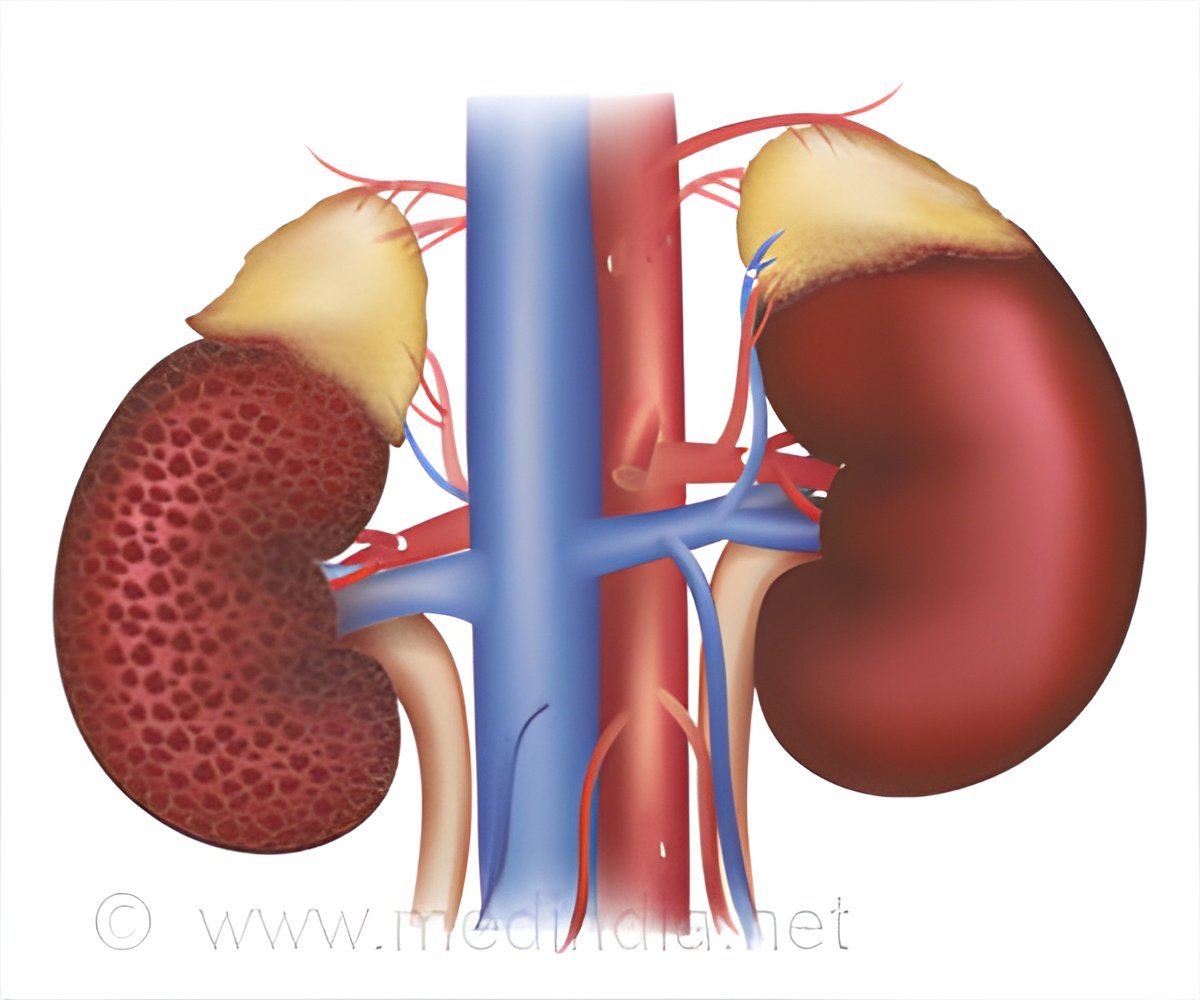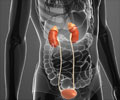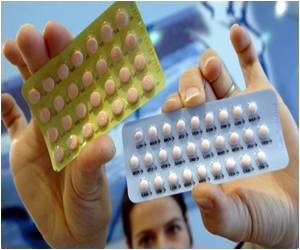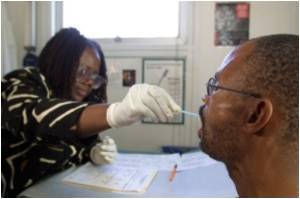Hyperaldosteronism causes most of the secondary hypertension and identification of its mechanism can aid in developing new drugs in treating the disease.

‘Identifying the role of gene Siah1 ubiquitin ligase in hyperaldosteronism can help in the development of new drugs to treat the disease.’





The new study was led by researchers at Sanford Burnham Prebys Medical Discovery Institute (SBP), in collaboration with researchers at Eunice Kennedy Shriver National Institute of Child Health and Human Development, part of the National Institutes of Health. The findings were published in JCI Insight. About 10 percent of people with high blood pressure have secondary hypertension, meaning that the root cause of the disease is known. In such cases, when the root cause is treated, blood pressure usually returns to normal or is significantly lowered.
"Our research, based on a genetic model, identifies an unexpected layer in the regulation of adrenal gland development and in hyperaldosteronism," says Ze'ev Ronai, Ph.D., chief scientific advisor of SBP and senior author of the paper.
The findings are important because they identify a previously unknown regulatory axis that controls aldosterone levels, thus offering new avenues for drug discovery of secondary hypertension.
The body's adrenal glands produce a number of essential hormones, including aldosterone, which balances sodium and potassium in the blood.
Advertisement
"We initially found that the structure of the adrenal glands in mice lacking the Siah1 ubiquitin ligase gene was markedly different and they had increased levels of aldosterone," says Marzia Scortegagna, Ph.D., staff scientist in Ronai's laboratory and lead author of the paper.
Advertisement
"Siah1 is a ubiquitin ligase that plays an important role in a number of cellular pathways, implicated in neurodegeneration and cancer" says Ronai.
"Our results are the first to identify the role of this gene in hyperaldosteronism through its control of cholesterol biosynthesis involving PIAS1." "Patients that suffer from hyperaldosteronism exhibit mutations or epigenetic deregulation of the key pathway components, pointing to the relevance of our findings to humans and the justification for further exploration of this pathway for therapeutic purposes," says Constantine Stratakis, M.D., head of the Section on Endocrinology and Genetics at the National Institute of Child Health and Human Development (NICHD) at the NIH, and co-author of the study.
Source-Eurekalert








